5 Times You Can Get Away with Smartphone Pics (Shh, I Won't Tell!)
Contrary to what you may assume, I actually don’t advocate for all my clients’ images to be captured on a pro DSLR camera. In fact, I think if you have a great camera on your phone, you should take advantage of it!
This isn’t solely so that you can be consistent in delivering visual content in your online marketing strategy (although that’s a big part). Some of my favorite images around the ‘gram—Instagram, that is—have been shot and edited on iPhone and Android cameras. That’s right! In fact, I agree with the words of food photographer Sarah Crawford: “The beauty of shooting on an iPhone is that it looks like an iPhone!”
Phone cameras often offer a look that is completely distinct from DSLR camera shots because of the “focal length” of the lens or lenses (they can be very wide and let in a lot of detail—more on that below!) and because of the technology it took to cram multiple cameras into a device that already does so many other things. Personally, I like that look! Why not take advantage of it?
In fact, I recently upgraded my phone myself to get a better camera, and I want to share with you some of my favorite images that were shot with my new phone’s amazing camera technology so that you, too, can see: Sometimes a photo shot with the camera you have is the best photo you can get!
Here are 5 times you might want to use your phone’s camera to capture the moment instead of partnering with a pro.
1: Street Vignettes
If you’re not a professional photographer, then you might not know that often, the only lens a brand photographer carries with her is a 50mm.
Industry experts say that a 50mm lens offers the closest picture of what the natural eye actually sees, with minimal distortion. However, to use a 50mm, you often have to back up pretty far from your subject to get everything you want to into the frame. When it comes to larger structures and scenes, that can be tough!
A smartphone camera, on the other hand, has a wider angle to offer, which means it lets more of a scene into the shot than a 50mm. While there’s some distortion (similar to what you’d see with a fisheye lens but not quite as crazy), it’s something we’re used to now and view as artistic rather than unusual. It can add extra character to crooked streets, greater height to buildings, and a general “flowing motion” that almost makes the images feel alive!
If you’re with a friend and you come across a darling storefront, hidden coffee spot, or gorgeous historical street of brownstones, ask your friend to snap a photo so you can pop into the shot!
2: Flat Lays
Another great time to use your phone’s camera is when creating flat lays.
What is a flat lay, you might ask? A flat lay is a contained scene, often shot from directly above, that is styled with objects that tell a story. You might arrange a laptop, a cute notepad, a small desk succulent, a pair of glasses, a cup of tea, and a fancy pen together to tell the story that working in a creative career is relaxing and cozy; or you might place a few miniature pumpkins, a mug of cider with cinnamon sticks poking out of it, some autumn leaves, an old book, a scarf, and a delicate strand of twinkle lights in a scene to paint the picture, “Fall is here!”
These can make for good filler content on your social media calendar, but it can feel a little pricey to pay a pro to stage them for you just for those times when you’re not sure what to post. So learning how to style mini scenes into flat lays and photograph them from your phone is a useful skill! If you’re shooting for Instagram, your phone likely has a “square” option for you to shoot in, as well, so you know exactly what your final image will look like on the ‘gram.
So when you have the opportunity to pull a bunch of your products, work devices, or other surroundings into a scene that tells a story, don’t wish your brand photographer was there with you…. Grab your phone!
3: The Path Before You
Sometimes, you just want to get what you’re looking at—not a photo of your face, per say, but the world right now from your perspective. Maybe that’s standing amidst buckets of freshly-cut florals, or walking a path with many fallen leaves, or riding a vintage bike with a wicker basket full of goods from the farmers’ market. Whatever it is, it’s a shot that no one can take BUT you!
What makes shots like these so special is that they give the viewer—presumably your audience—a fleeting opportunity to “step into your shoes.” They get to be you for a moment; feel what you feel, see what you see, even imagine smelling and tasting and touching what you do. And that’s not something a brand photographer can make happen for you… so using your phone to get that special moment is something you should do!
4: Behind the Scenes
One of the reasons Instagram Stories gained popularity so quickly was that they took the formality out of maintaining an Instagram brand.
In other words, for a few years there, a lot of brands had been holding back perfectly good content in the name of keeping a consistent “look” on their grid… but Instagram Stories changed all that! Suddenly people could share those little “extras” and real-life moments, and because they didn’t appear on the grid (and they disappeared after 24 hours), it didn’t interfere with the brand experience those companies had worked so hard to cultivate.
But behind-the-scenes doesn’t have to be limited to Instagram Stories. They’re also great for galleries (only the first image ever appears on your grid, after all, so you can put a brand-consistent image there and use the rest of the spots for phone shots), email blasts, and Facebook posts!
5: Across the Table
Some of my favorite shots of myself have been taken across the table by a friend when we were out to coffee or trying a new food hotspot.
While these can be staged by a professional photographer (and have been many times), there’s a lot more pressure to look perfect when there’s a giant DSLR camera staring across the table at you than when a friend picks up her phone and says, “Smile!”
Across-the-table shots have a similar effect to the shots you take of your own feet in a scene or yourself in a mirror; they invite the viewer into a more intimate experience with you. It’s like they are there with you getting coffee and macarons, or laughing while leaves flutter from the trees just outside the window, or whatever you’re doing in the scene. Plus, these types of photos show your face—and generally speaking, when you show your face in your brand, you’re likely to get a boost in engagement!
Matching Your Phone Photos to Your Professional Brand Aesthetic
There are still many times that using a professional brand photographer will be not only a good idea, but definitely your best option. For example, the banner image on the homepage of your website should probably be taken by a pro; any images you have taken for press purposes will need that high-resolution, professional framing, and color calibration a magazine or newspaper would expect; and if you’re selling any sort of product—tangible or digital—your images should be top-notch.
Which begs the question: If you have both professional and iPhone photography to share on your more casual channels, how do you mix the two without the quality difference being quite so obvious?
TIP No. 1: Well, my first tip would be to learn to use Lightroom Mobile for editing your phone images! Lightroom is the professional photo editing software that the vast majority of professional photographers use for editing portraits and small business brand photography, and the mobile app contains a lot of the features you’d get with the desktop software. You can download and access most of the tools for free, with the option to upgrade for a few features that matter mostly to the pros.
The reason I recommend Lightroom over other options like Snapseed or VSCO is that finding professionally made “presets” to edit your images is a lot easier with Lightroom. While many photo editing apps come with “filters,” these usually aren’t super professional-looking; they can make your images darker or harsher, or tinted a strange color, and these often make your images look worse than when you first shot them.
With professional presets, you can take an iPhone or Android photo and sometimes almost make it pass for DSLR-quality. You also have the ability to go in and tweak aspects of the preset itself, like the hue or saturation of certain colors in your image, which you don’t get with filters. Here’s where you can shop my mobile presets. I also recommend Maddy Corbin’s presets and Jaci Marie’s presets if they’re your style!
TIP No. 2: My next tip is to take a professional styling class online! In-person styling classes can start as high as $500, but when you take a class online it can start closer to $100—and the skills you gain will last for as long as you’re in business.
Styling classes are on the rise, but there still aren’t many out there that are great. The biggest problem I’ve found is that a lot of styling “teachers” won’t offer clear steps to replicate their process—their tutorials will be a lot of, “Let’s see how this looks here… Mmm, no, let’s move it over here… There! That works,” and not much of, “To achieve this look, do A, then B, then C.”
That’s why I created Photo Styling Basics, which takes students through flat lays and food photography, as well as styling people and products. You get a firm foundation for styling all the most common items/situations you could encounter, and you get clear tactical steps you can take to ensure your own styled images are balanced, branded, and eye-catching consistently—without so much guesswork.
As a bonus inside the class, you do get some editing training and I switch back and forth between phone photography and DSLR photography, so whether you’re a photographer or not, you’ll have the tools you need to take your photo skills to the next level! If you want to learn more about that course (it’s super affordable), click here.
What was your favorite takeaway from today’s post? Tell me in a comment below! Then make sure to pin this page so you never lose track of it. And when you start posting your iPhone photos to the ‘gram, be sure to show me in an Instagram story by tagging @alexisthegreek!
HELLO! MY NAME IS ALEXIS.
Coffee lover, day dreamer, foodie, and creative. I believe in doing what you can with what you have where you are. I blog to help you do more with what you have. I hope you love it here!


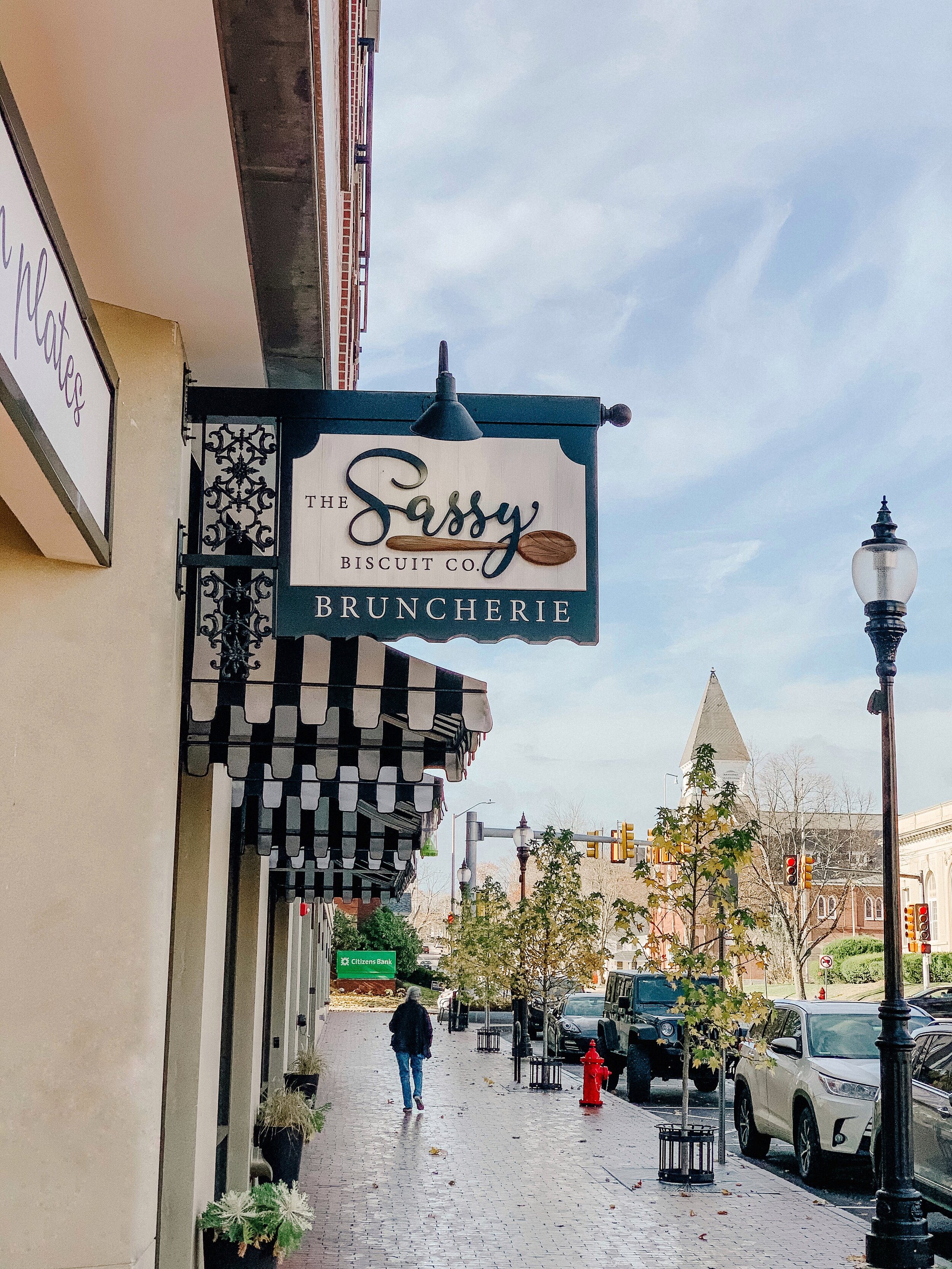



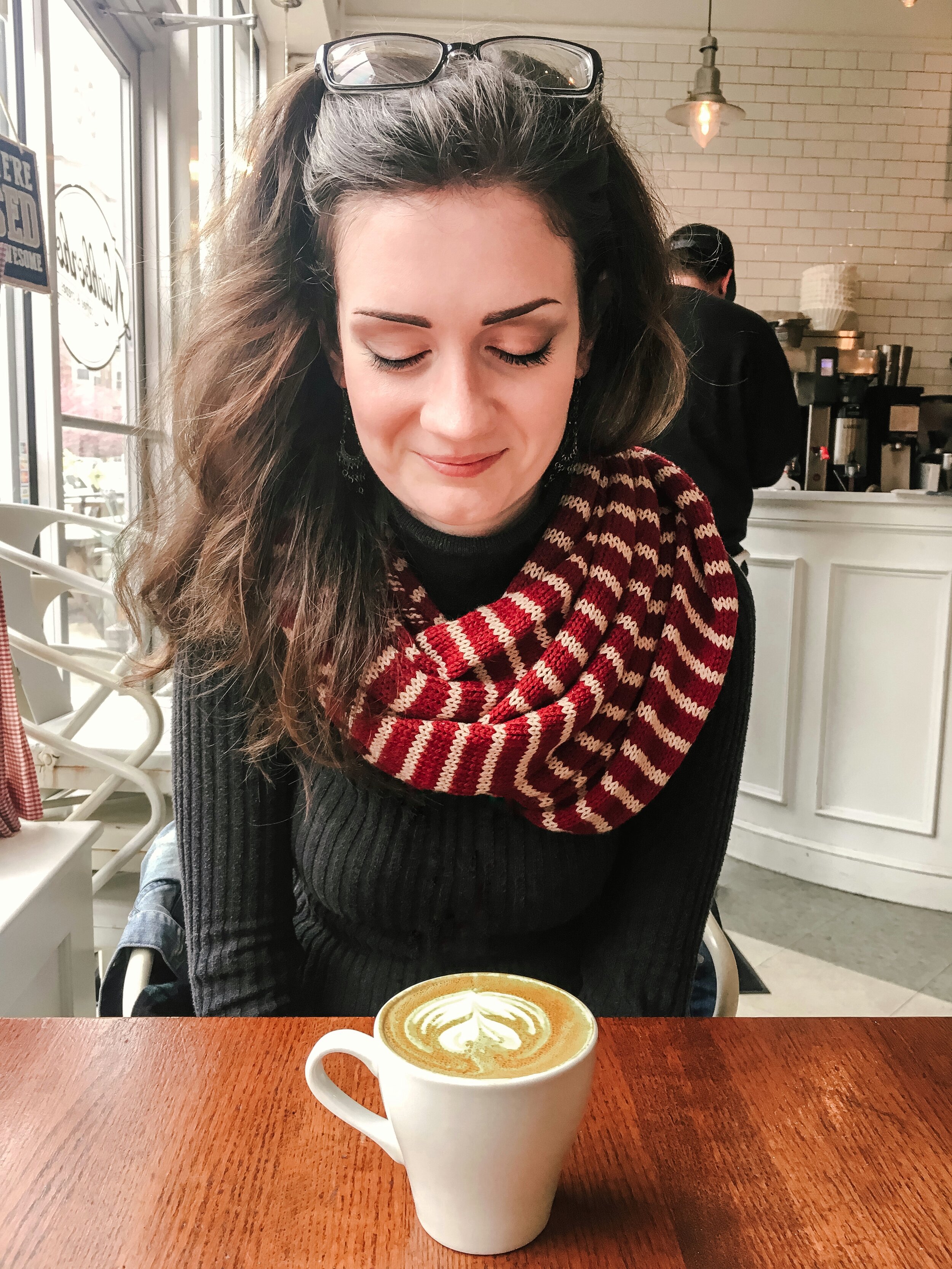

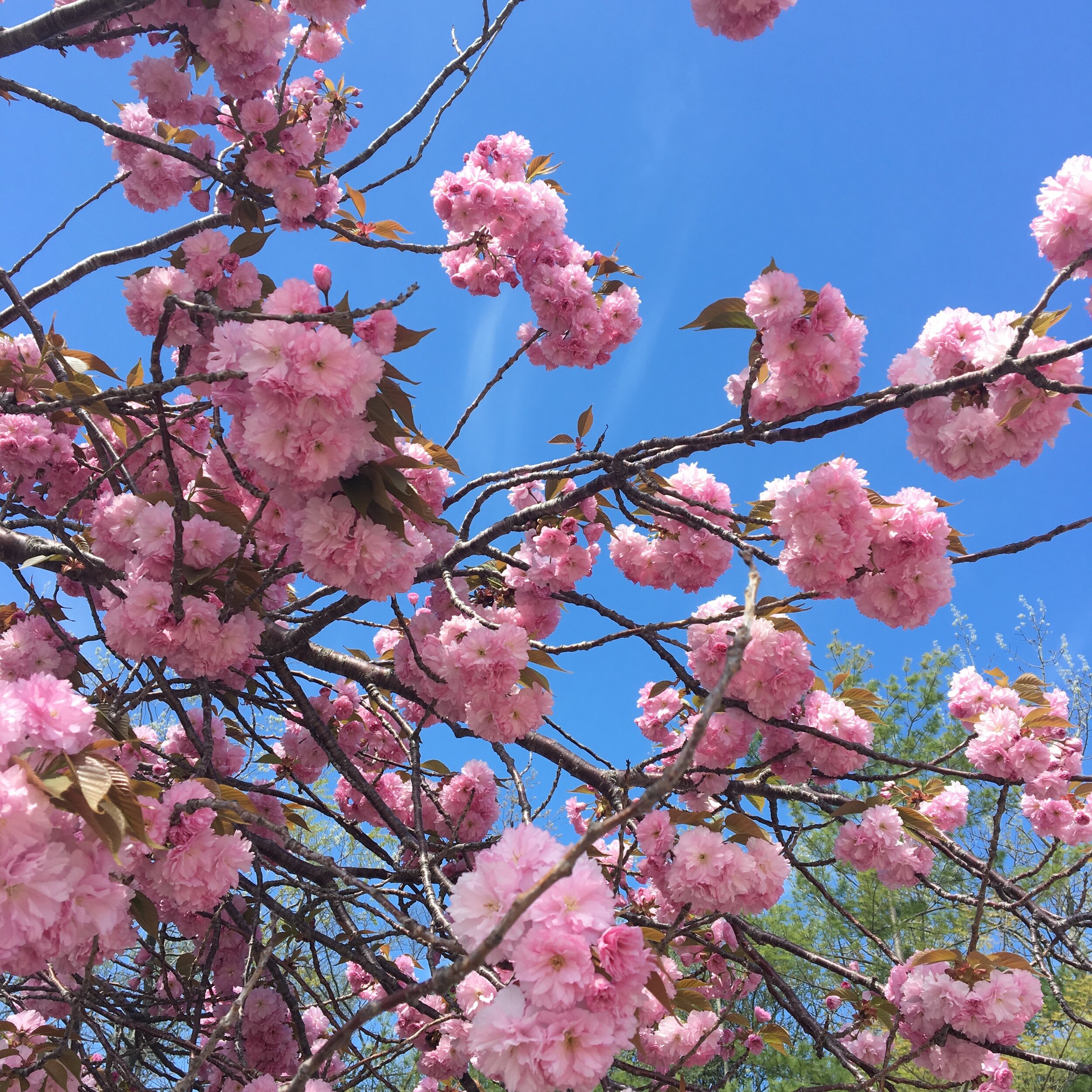

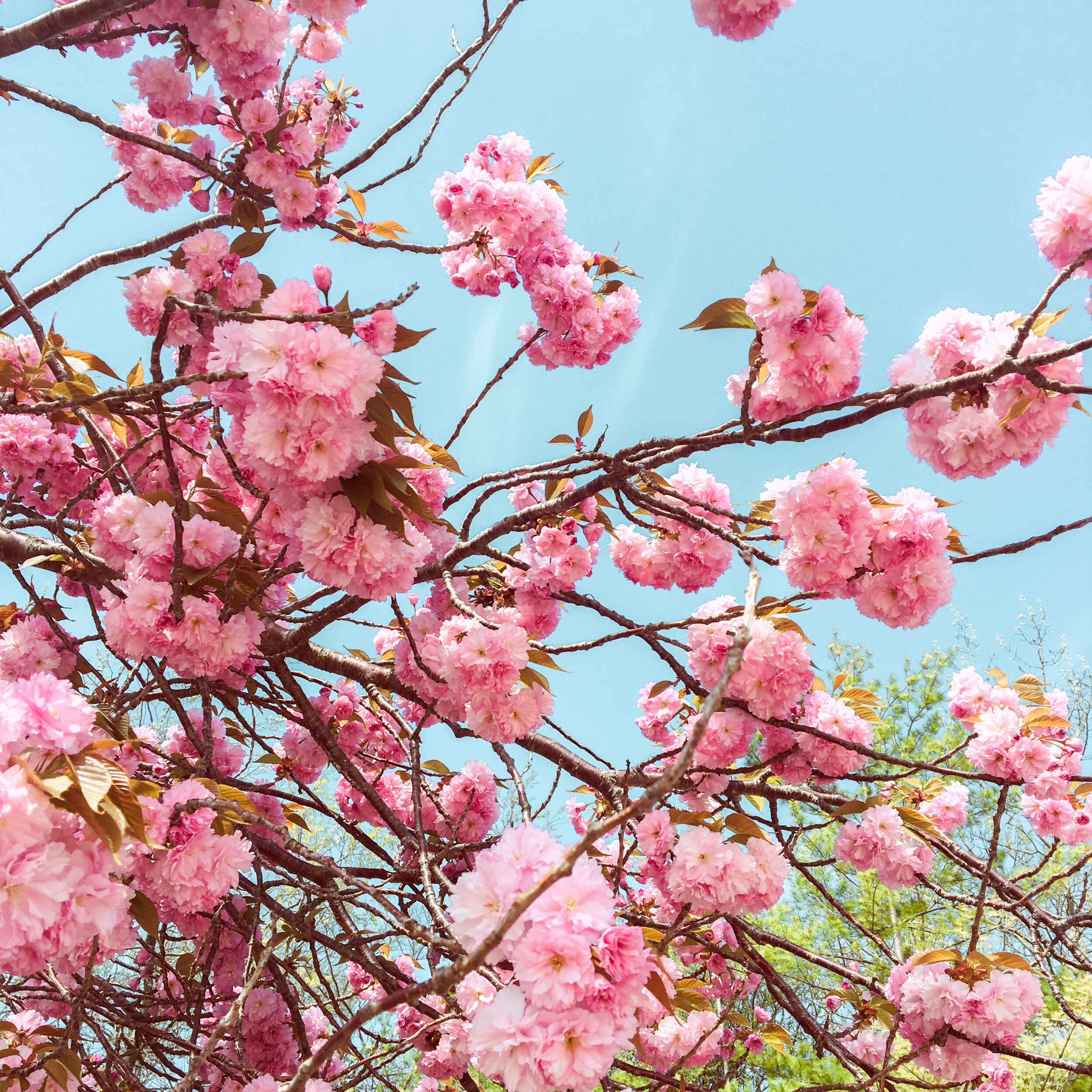
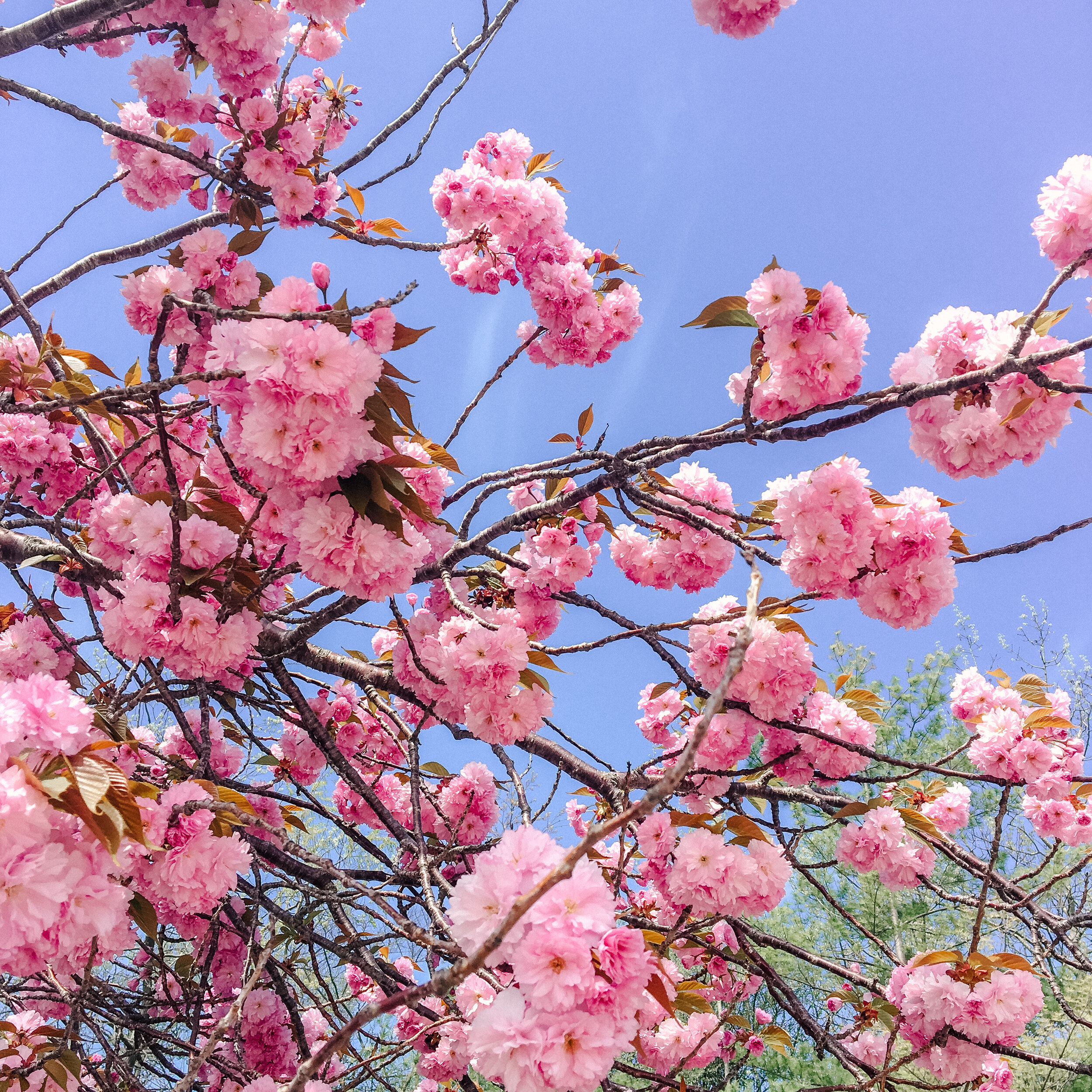
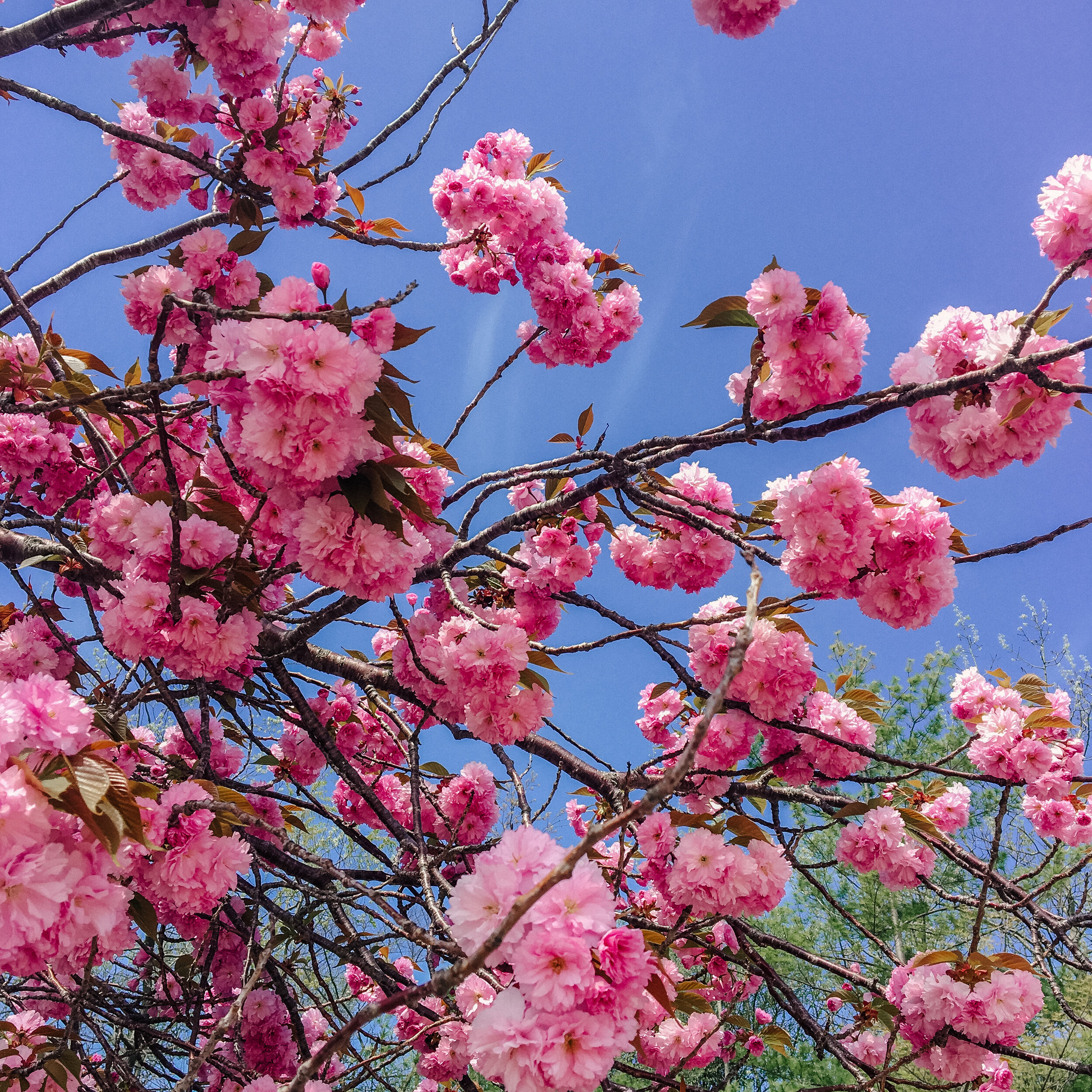
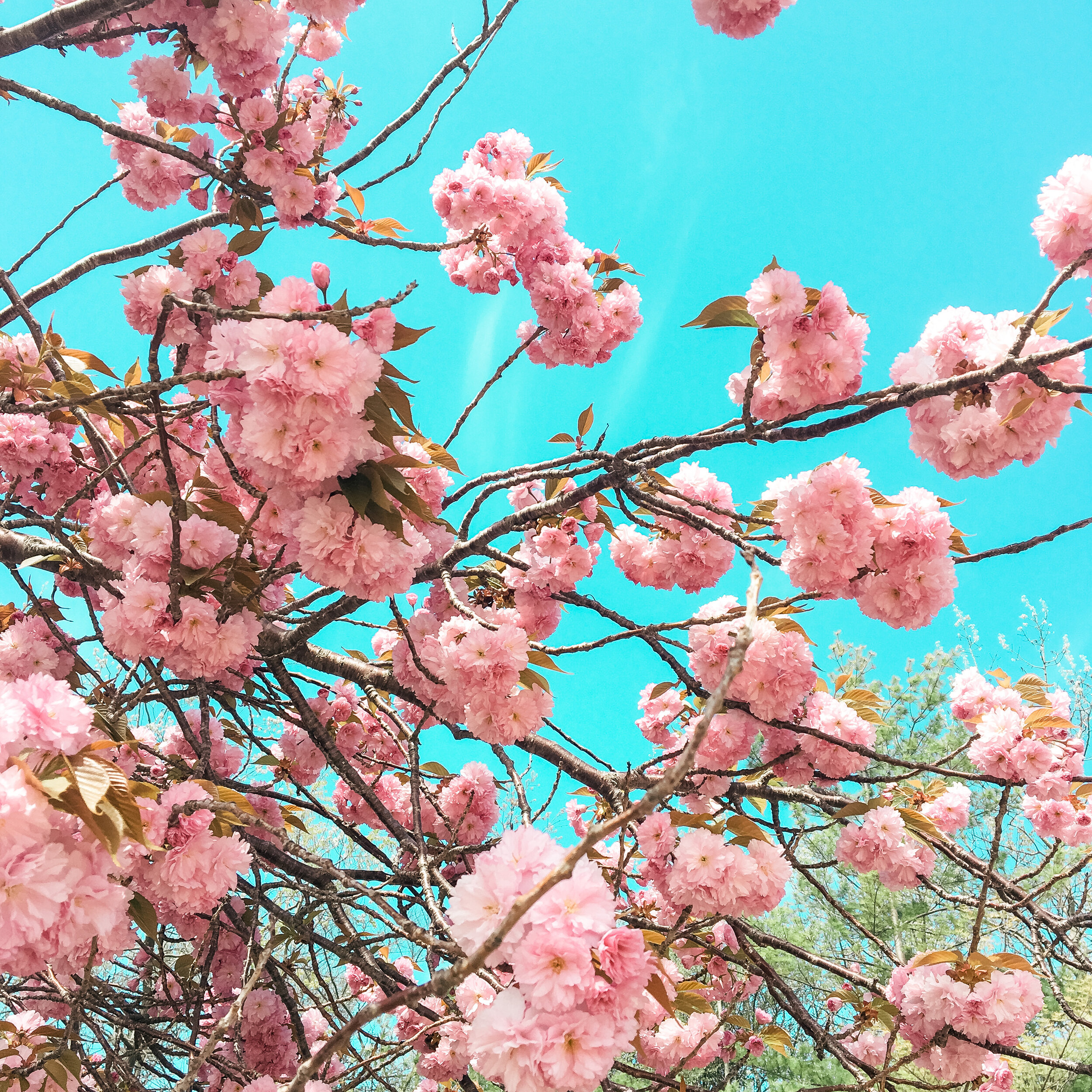
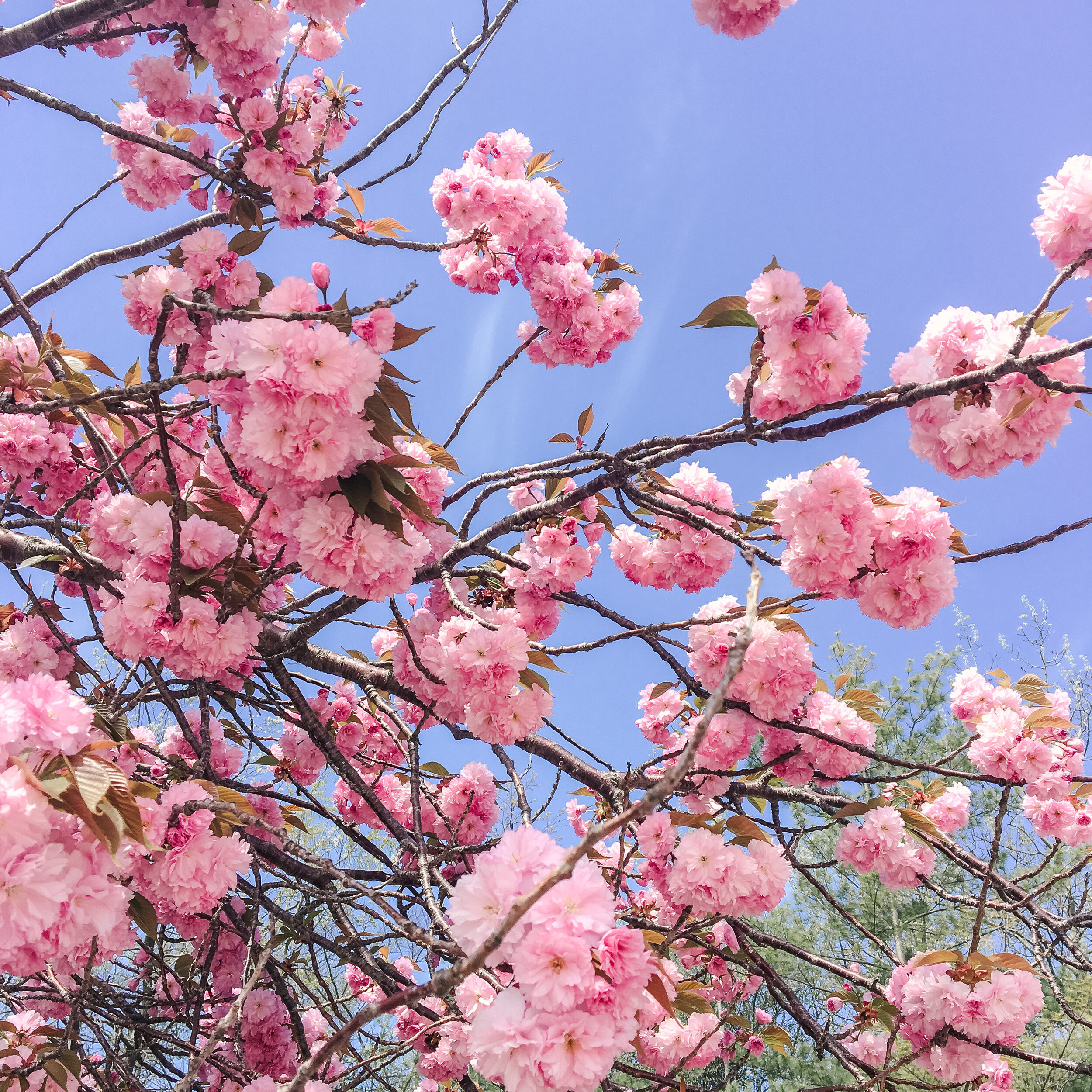






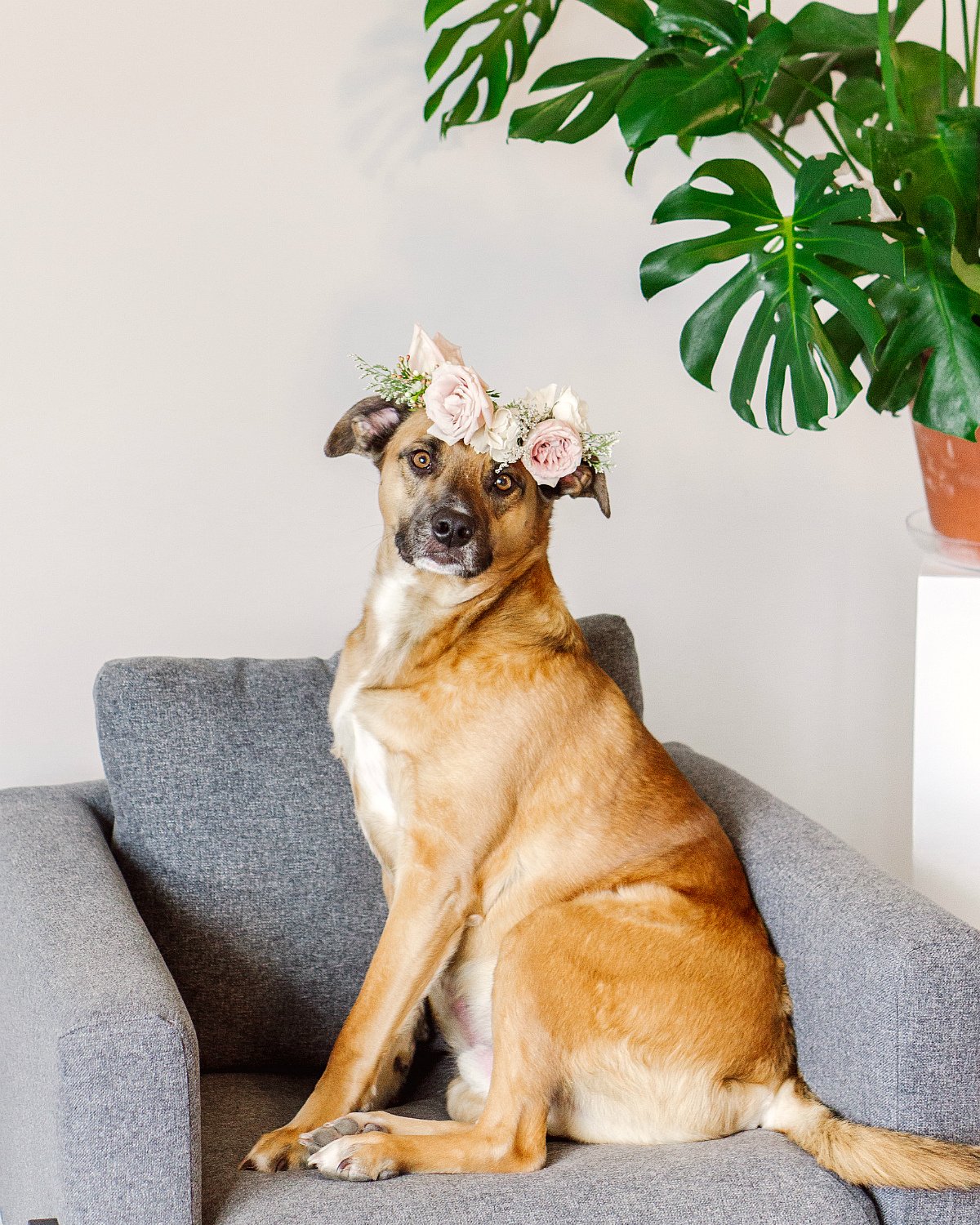










An Adobe expert shares why women in business need brand photography to succeed in 2025!